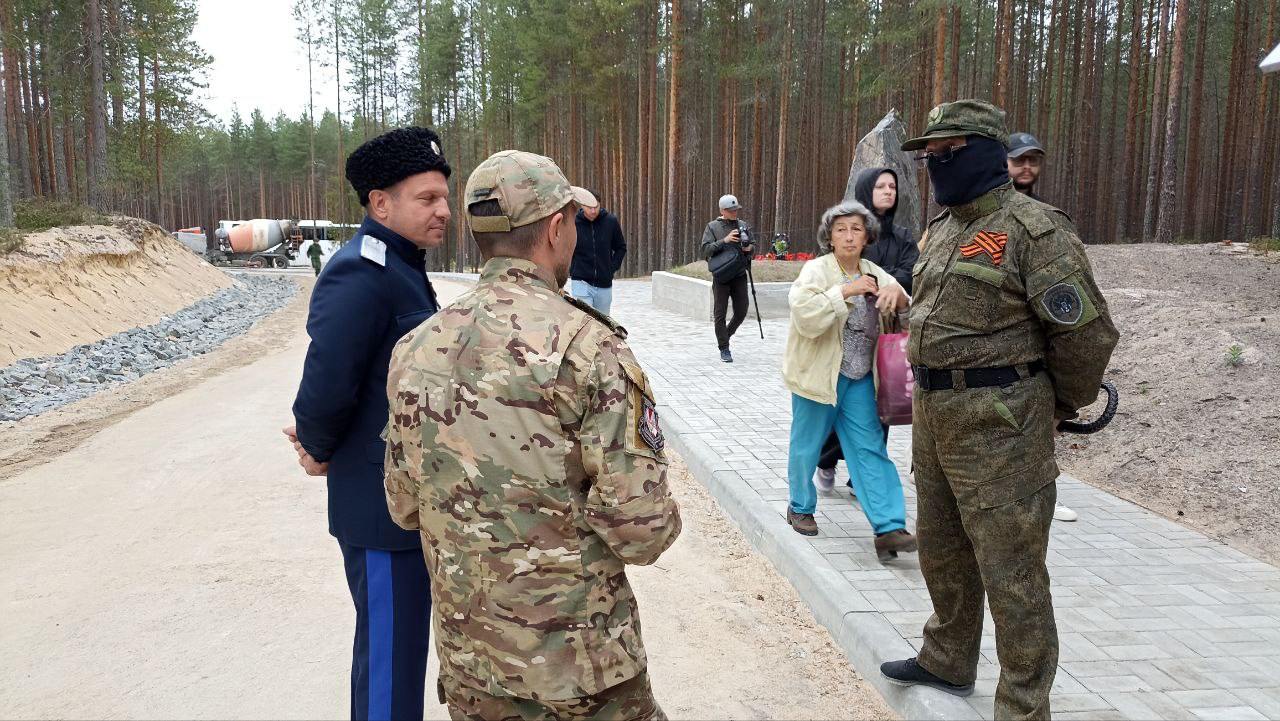On 5 August, dozens of people came to honor the memory of those killed during The Great Purge in the USSR, but the groups of militarised individuals disturbed them at the Sandarmokh memorial site in Russia.
On this day in 1937, Joseph Stalin signed a resolution "On Anti-Soviet Elements,” which started the most massive "cleansing" of the entire Soviet era, known as The Great Purge, and targeted people who did not "fit" into the system by executing them or sending them into the GULAG camps.
Thousands of Ukrainian artists, writers, directors, scientists, and cultural figures, known as "The Executed Renaissance," were shot during 1937-1938. A wooden cross commemorating their memory was erected at the Sandarmokh memorial site in northern Russia (Karelia).
According to Memorial, a non-governmental organization dedicated to researching political repressions in the USSR, diplomatic representatives from France, Sweden, Germany, Poland, and Norway also attended the commemoration activities on 5 August.
However, the atmosphere was complicated by the presence of groups described as "Cossacks", members of the "Young Guard," and other activists reportedly aligned with Russian law enforcement.

These individuals, many wearing militarized uniforms with St. George ribbons and masks, arrived in buses. St. George's ribbons symbolize military valor and patriotism in Russia, referring to the Soviet victory over Nazi Germany.
They set up powerful speakers among the pine trees, from which “Victory songs” [of the World War II] were sounded to suppress the reading of the names of those who died at the hands of the Soviet regime.
Near the Jewish memorial, statements such as "Jews sponsored Hitler" were reportedly overheard.
The Sandarmokh memorial site was discovered in 1997 by a Russian historian, Yuri Dmitriev, who is now imprisoned in Russia for charges of sexual offense. However, many consider him to be a political prisoner with a staged court sentence.
Related:
- Politico: Biden compares Russia’s actions in Ukraine to Stalin’s Holodomor famine
- From Stalin’s era to today: snitching returns to shape Russia’s political landscape
- Myroslav Irchan. He returned to Ukraine from Canada, only to be executed by the NKVD
- Ukraine commemorates Sandarmokh’s victims – a thousand intellectuals slain by Soviet authorities

